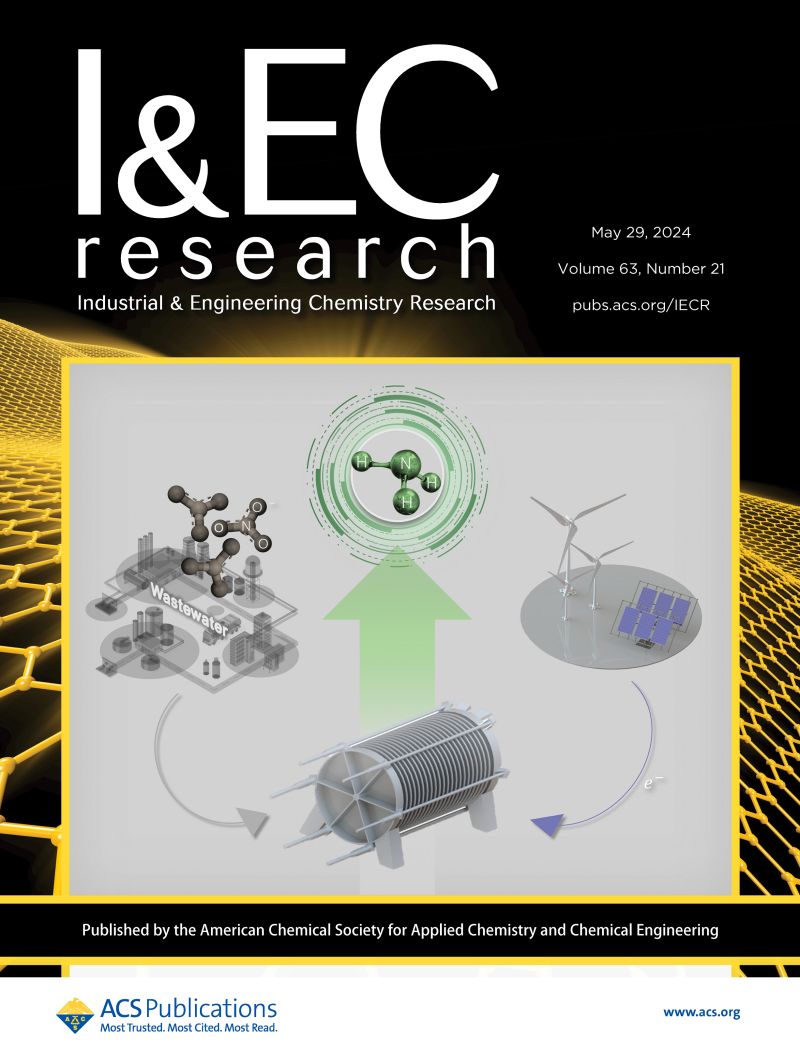Variable-Range PC-SAFT Parametrization for Accurate Modeling of Caloric Properties, Critical Temperature, and Critical Pressure: Normal Alkanes and Hydrogen
IF 3.8
3区 工程技术
Q2 ENGINEERING, CHEMICAL
引用次数: 0
Abstract
A variable-range parametrization approach is proposed for PC-SAFT, and tested on hydrocarbons, hydrogen, and their mixtures. The soft-repulsion range parameter, which is usually set to 0.12, is relaxed, introducing one additional adjustable parameter. This modification provides powerful flexibility, improving accuracy for caloric properties, critical temperature (Tc), and critical pressure (pc). For hydrocarbons, this approach significantly improves accuracy for speed of sound, Tc, and pc, while maintaining accuracy for other properties. For hydrocarbon mixtures, the model demonstrates predictive capabilities for vapor–liquid equilibria (VLE) without any binary interaction parameters. For hydrogen, this approach significantly improves accuracy for vapor pressure, saturated liquid density, Tc, and pc, although it does not improve results for caloric properties like for hydrocarbons. The hydrogen parameters are determined based on pure hydrogen properties and (hydrogen + methane) VLE. The approach demonstrates good predictive capabilities for mixture VLE when extended to other temperature and other (hydrogen + alkane) mixtures.

求助全文
约1分钟内获得全文
求助全文
来源期刊

Industrial & Engineering Chemistry Research
工程技术-工程:化工
CiteScore
7.40
自引率
7.10%
发文量
1467
审稿时长
2.8 months
期刊介绍:
ndustrial & Engineering Chemistry, with variations in title and format, has been published since 1909 by the American Chemical Society. Industrial & Engineering Chemistry Research is a weekly publication that reports industrial and academic research in the broad fields of applied chemistry and chemical engineering with special focus on fundamentals, processes, and products.
 求助内容:
求助内容: 应助结果提醒方式:
应助结果提醒方式:


